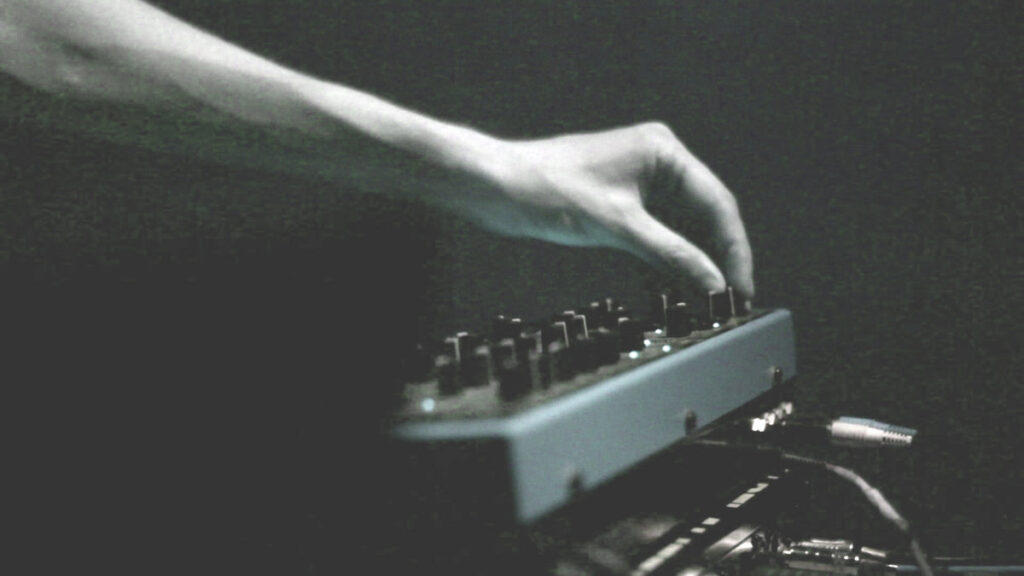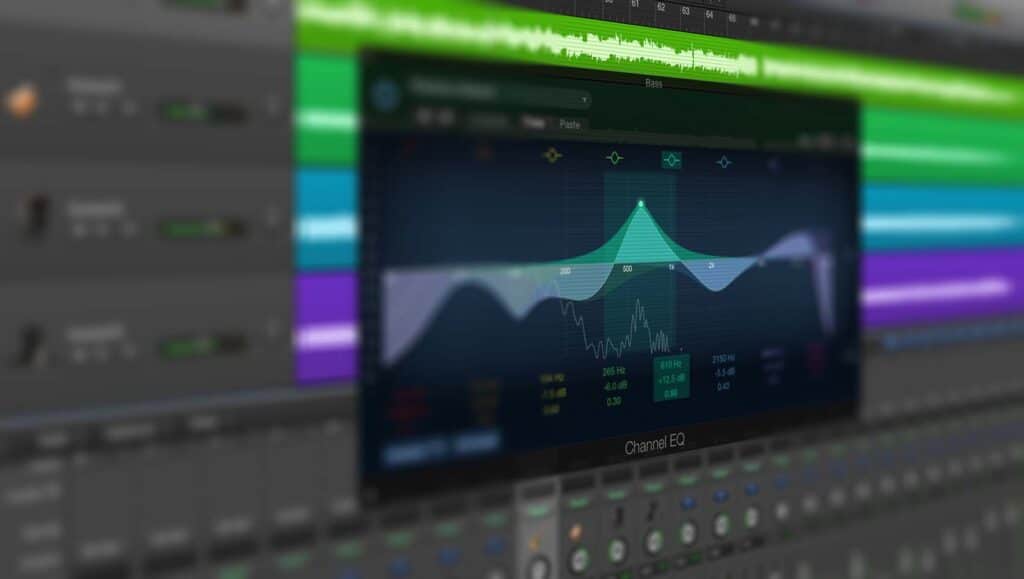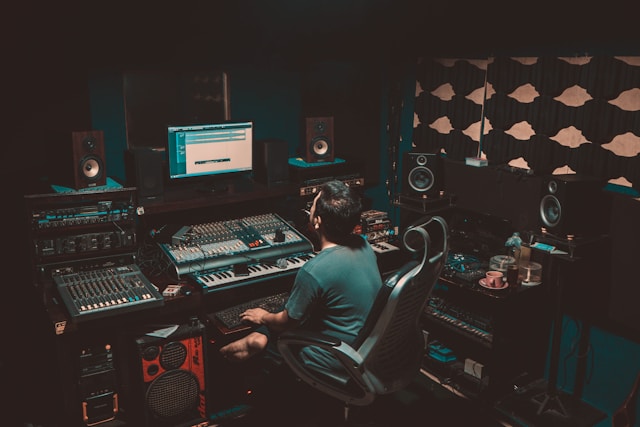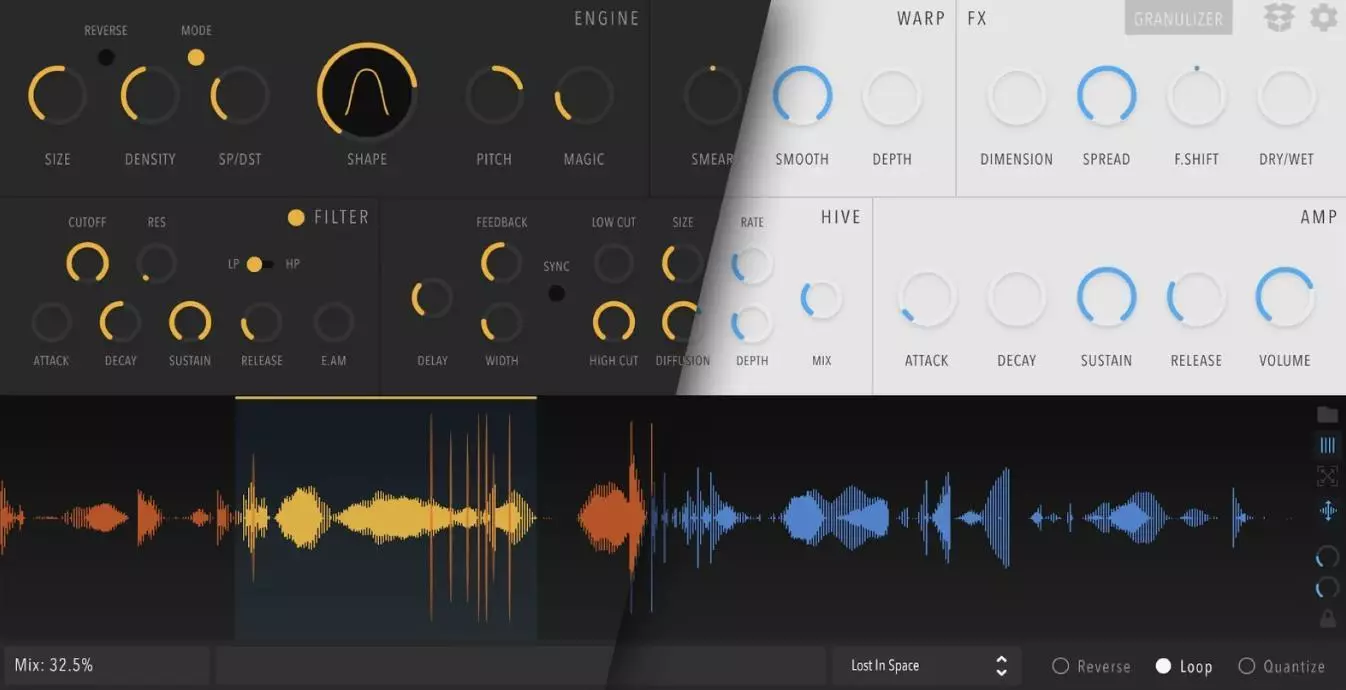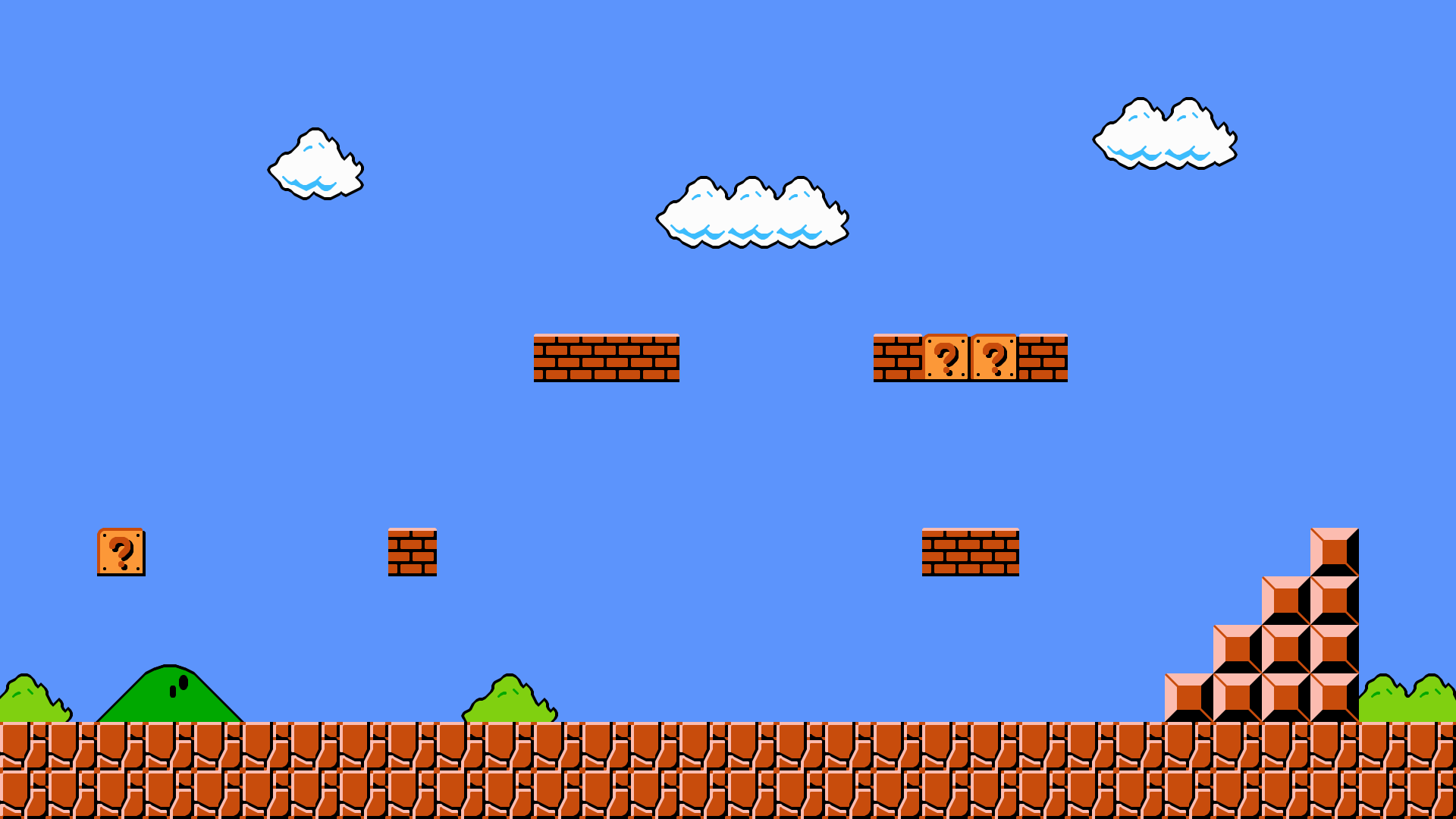UK Garage (UKG) and Future Garage (FG) are two British electronic music genres that shaped modern club and atmospheric scenes. While FG is a direct descendant of UKG, it developed its own minimalist and introspective style, moving away from the energetic, dancefloor-oriented sound of its predecessor. In this article, we will explore their differences, musical features, key artists, and landmark tracks.
UK Garage (UKG): Origins and Key Features
UK Garage emerged in the early-to-mid 1990s in London and quickly became popular on British club scenes and pirate radio stations. Its sound combines house, R&B, dancehall, jungle, and drum-and-bass influences.
Musical Features of UK Garage
- Rhythm and 2-Step
UKG is known for syncopated, shuffled rhythms. The 2-step garage subgenre removed the second and fourth bass hits, creating a bouncy, uneven groove. - Bass
- Classic subby bass lines and jungle-style basses (Reese, Dred).
- In Speed Garage, reverse-warped basslines created a pulsing low-end effect.
- Vocals
Chopped-up vocal samples, time-stretched or pitch-shifted. Producer Todd Edwards used vocals as melodic instruments. - Tempo
Typically 130–138 BPM, ideal for the dancefloor. - Influence & Legacy
UKG influenced grime, dubstep, and bassline house, forming the foundation for many modern British electronic genres.
Notable UK Garage Tracks:
Future Garage (FG): Evolution and Atmosphere
Future Garage appeared in the mid-2000s as a natural evolution of UKG and 2-step. It blends UKG rhythms with ambient textures, lo-fi elements, and a minimalist, introspective aesthetic.
The term “Future Garage” was proposed by Whistla and gained popularity after the creation of the Future Garage Forum in 2009.
Musical Features of Future Garage
- Rhythm
Retains 2-step and 4-to-the-floor patterns but often off-kilter, with slightly delayed hits. - Beats and Swing
Uses humanized hi-hats that “lag” slightly for a natural, swinging feel. - Bass
- Warm, filtered Reese bass or sub-bass with subtle modulation.
- Avoids heavy wobble basslines typical of dubstep.
- Atmosphere & Production
- Dark, introspective vibes
- Synth pads, field recordings, and vinyl crackle
- Soft leads and acoustic melodies create simplicity and emotion
- Vocals
Pitched vocal chops, re-pitched or wordless vocals - Tempo
Usually 130–140 BPM, but can be slower or faster depending on the track’s mood.
Notable Future Garage Tracks:
Comparison: UK Garage vs Future Garage
| Feature | UK Garage (UKG) | Future Garage (FG) |
|---|---|---|
| Origin | 1990s, London | 2000s, UK |
| Atmosphere | Energetic, dancefloor-focused | Dark, introspective, atmospheric |
| Rhythm | 2-step, 4/4, syncopated | Off-kilter, humanized hi-hats |
| Bass | Sub-bass, Reese/Dred | Warm, filtered Reese; no wobble bass |
| Vocals | Chopped, time-stretched, pitch-shifted | Pitched vocal chops, re-pitched, wordless |
| Production | Energetic, commercially-oriented | Minimalist, suitable for home listening |
| Influence on other genres | Grime, dubstep, bassline house | Lo-fi, ambient, modern chillhop, FG mixes |
Modern Trends and Influence
- AI in Future Garage: Some producers experiment with neural networks to generate atmospheric pads and percussion.
- Lo-fi and Chillhop: FG elements are increasingly used in playlists for studying, working, or relaxing.
- Streaming and Games: Future Garage frequently appears in game soundtracks, creating emotional depth.
Conclusion
UK Garage brought energetic rhythms and the iconic British club aesthetic of the 1990s. Future Garage transformed these rhythms into minimalist, atmospheric music, suitable for clubs and home listening alike. Both genres remain essential milestones in electronic music evolution and continue to inspire modern producers.
Listen & Compare:
